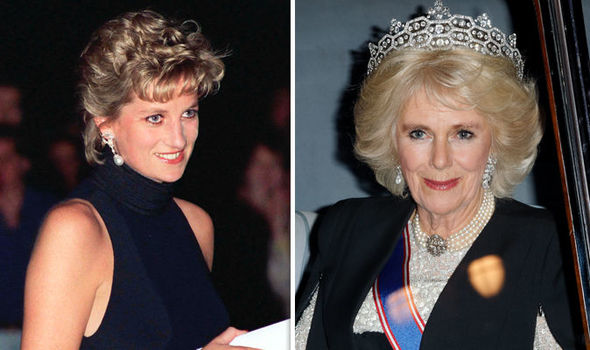The British monarchy, steeped in tradition and history, has long been a subject of fascination and intrigue. Central to this has been the role and influence of the women married to the heirs of the throne. Diana, Princess of Wales, and Camilla, Queen Consort, are two such figures who have significantly impacted the royal narrative and the public's perception of the monarchy. Each of these women brought her unique approach to royal duties and public life, prompting ongoing debates about their contributions and their legacies. Comparing them, however, requires a nuanced understanding of their different roles, times, and personal challenges.
Diana Spencer became Princess of Wales in 1981 at the tender age of 20 after marrying Prince Charles in a globally televised wedding. Her youth, beauty, and apparent vulnerability captured the world’s affection. Diana quickly became the most photographed woman globally, admired for her style and her approachable, compassionate nature.
Camilla Shand, later Camilla Parker Bowles, entered royal life under vastly different circumstances. She married Charles in 2005 in a much more understated ceremony, following years of media scrutiny. Her relationship with Charles, which began in the early 1970s, had been a point of contention and public interest, particularly as the Princess of Wales pointedly blamed Camilla for her marital troubles with Charles.
Princess Diana was often referred to as "the people’s princess," a term that underscores her deep connection with the public both in Britain and worldwide. Her approach to royal duties was revolutionary at the time; she broke protocol by engaging more openly and emotionally with the public. Diana was also noted for her humanitarian efforts, including her work with AIDS patients and the campaign against landmines. These initiatives not only changed public attitudes but also redefined the expectations placed on royalty.
Camilla has taken a more subdued approach. Initially, she faced significant challenges in gaining public acceptance due to her history with Charles and the beloved Diana’s shadow. Over time, however, Camilla has carved out her own space within the Royal Family through her dedication to her duties and her patronage of various charities, focusing on issues like osteoporosis, animal welfare, and literacy. Her approach, while less charismatic perhaps than Diana’s, has been marked by a steady, quiet accumulation of public goodwill.
Media representation played a colossal role in shaping the public images of both Diana and Camilla. Diana’s relationship with the media was complex; she was both darling and victim, often hounded by paparazzi. Her tragic death in 1997, which many blamed on aggressive media tactics, cemented her status as a martyred icon.
Camilla’s media journey has been about transformation. Initially vilified as the other woman in the Charles-Diana saga, her image has undergone significant rehabilitation. The media narrative around Camilla has shifted to one that highlights her commitment to her role and her compatibility with Charles, portraying her as a stabilizing influence on him.
Both women faced significant personal challenges. Diana’s struggles with bulimia and depression were well-documented, and her candidness about her mental health struggles was groundbreaking at the time. Her very public battle with her personal issues endeared her to many who saw her as human and relatable.
Camilla also faced her set of challenges, primarily around her public image and acceptance. Winning over a public that had been fiercely loyal to Diana was no small feat. Her personal resilience and the gradual shift in public opinion reflect her ability to navigate these waters with grace and perseverance.
Diana’s legacy is profound. Her charitable work left lasting impacts, and her style and humanity have continued to influence not only the royal family but also the broader realm of celebrity culture. Her sons, Princes William and Harry, have carried forward her legacy of openness, focusing on mental health and modernizing the monarchy's connection with the public.
Camilla’s influence is subtler but increasingly acknowledged. As Queen Consort, her steady presence and dedication to her royal duties continue to shape the monarchy's future. Her work, particularly in promoting literacy and supporting victims of domestic abuse, underscores her commitment to service.
Asking who was better between Queen Diana and Queen Camilla may not yield a definitive answer; it largely depends on personal values and what one deems more important in royal conduct. Diana transformed royal engagement and left behind a legacy of empathy and activism. Camilla has demonstrated resilience and commitment to duty, quietly influencing the monarchy in her own right. Both women have played their roles amid scrutiny and challenge, each leaving an indelible mark on the British Royal Family and the world’s perception of it.
